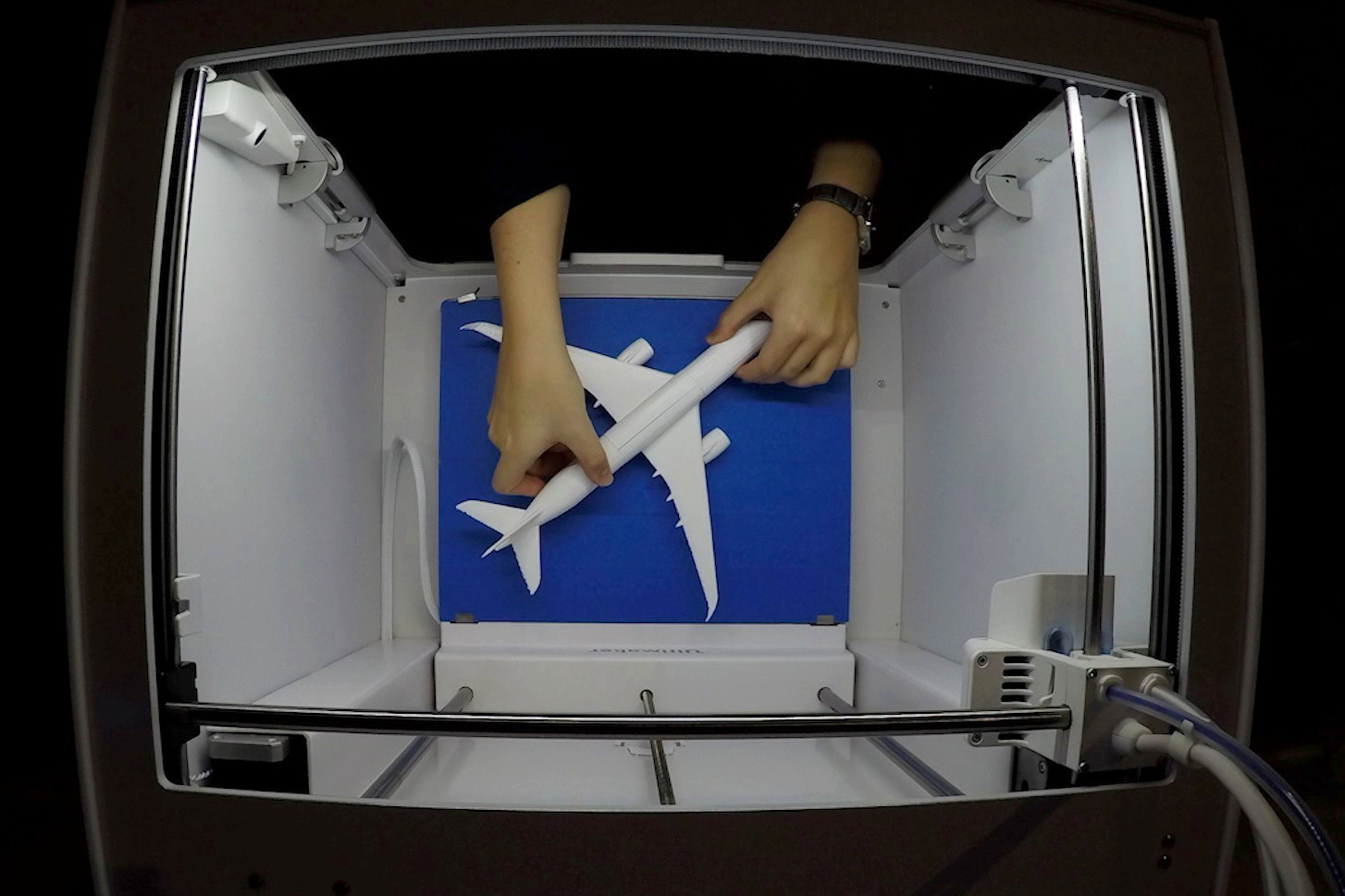|
British Airways is exploring the possibility of
using 3D printers to create aircraft parts in the future.
The 3D
printers would be located at airports around the world to reduce
delays for customers and emissions caused by transporting items.
The airline�s innovators predict that non-essential cabin parts
will be first on the list to be generated, including pieces of
tray tables, entertainment systems and toilets.

While those
components do not impact the safe operation of the flight, they
can reduce the number of seats or toilets available for customers,
and cause delays as engineers wait for the parts to be flown to
wherever the aircraft is.
Ricardo Vidal, Head of Innovation at
British Airways, said this area of technology has never been more
important to ensure sustainability and a seamless travel
experience.
�We work with start-ups and innovation partners from
around the world to explore and implement the very latest
technologies, from artificial intelligence to speed up turnaround
times to biometrics, helping us to deliver a seamless airport
experience for customers. 3D printing is yet another advancement
that will keep us at the forefront of airline innovation,� he
said.
3D
printers can produce parts that, while as strong
and durable as traditional components, weigh up to 55 per cent
less. Every kilogram removed saves up to 25 tons of CO2 emissions
during the lifespan of an aircraft.
British Airways� top ten
predictions for how 3D printing could be used by airline�s in the
future:
1. Cutlery
2. Products for amenity kits, such as
toothbrushes or combs
3. Tray tables
4. Aircraft windows
5. Inflight entertainment screens
6. Seats
7. Baggage
containers
8. Circuit boards for electrical components
9.
Flight deck switches
10. Aircraft shells
See latest
Travel News,
Interviews,
Podcasts
and other
news regarding:
British Airways,
3D,
3D Printing.
|
Headlines: |
|
|

